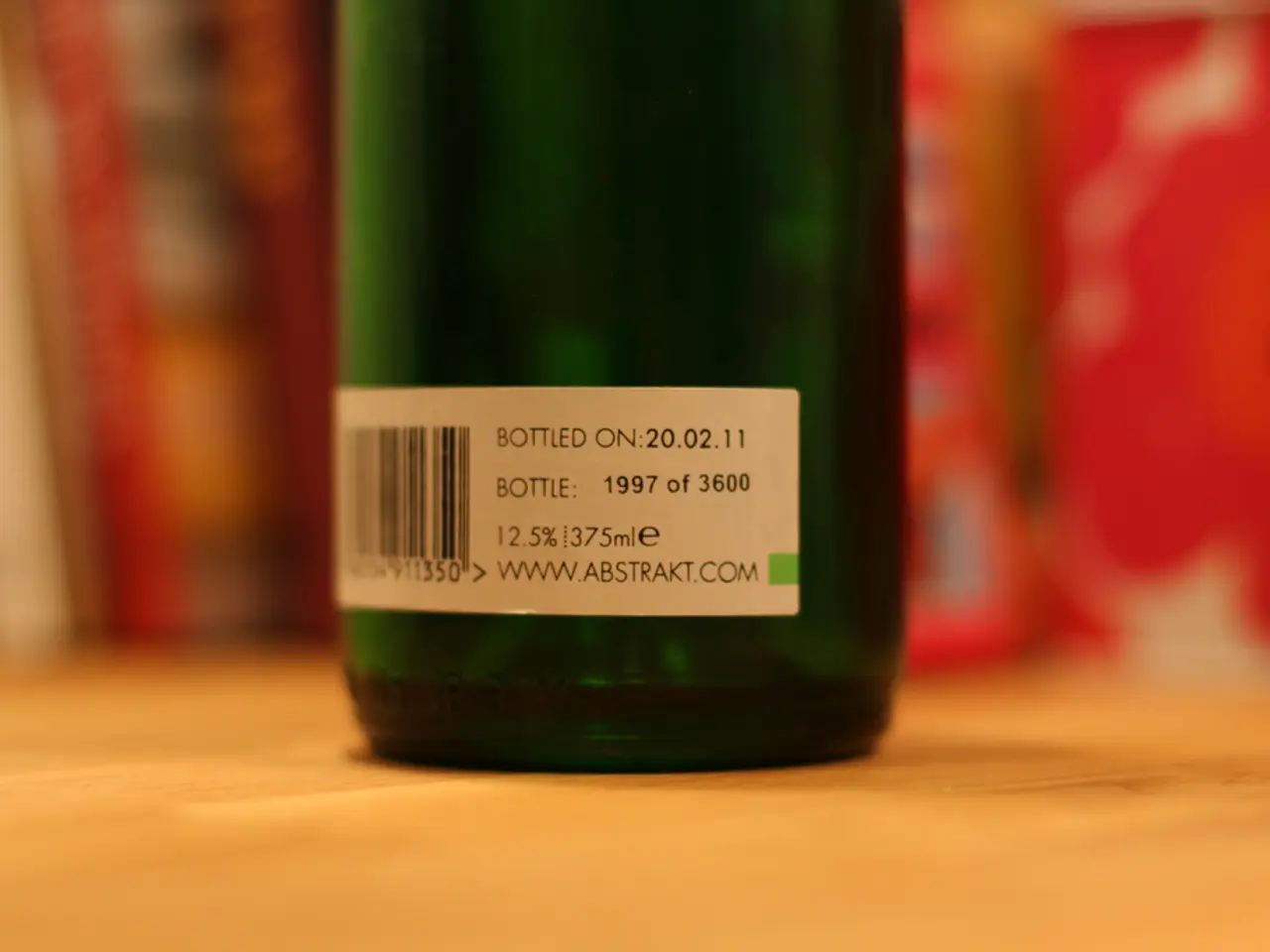Harmful Substances Found in Nearly All Commercial Products, Pose Risks to Various Consumer Industries
Straight Talk on Tariffs and the Italian Chemical Industry
Francesco Buzzella, the head honcho of Federchimica, ain't mincing words about the potential fallout of American tariffs on the chemical industry in Italy. "With tariffs on client sectors causing a whopping 95% of products to take a hit, it's plain as day that this ain't good news," he says. And it ain't just the bottom line that's at stake.
You see, the chemical industry in Italy has a global reach, with exports worth 40 billion euros in 2024 and the US being the fourth-biggest market for Italian chemistry. That's why the introduction of tariffs is causing concern, not just among businesses, but even in labor negotiations.
The chemical industry has a production value of over 67 billion euros in 2023, making it the third-largest producer in Europe. Specialty productions hold even more prominent positions, with Italy boasting global leadership in certain areas, such as pharmaceutical active ingredients.
But here's the kicker: these tariffs aren't just about import costs. They're about supply chain integrity, competitiveness, and even Europe's long-term production capacity. Because of the high degree of specialization, Italy imports a lot from foreign suppliers, including the US. A 20% tariff on chemical products would effectively double these commercial barriers, putting those supply chains at risk.
Moreover, the escalating trade tensions and competition from lower-cost producers like China are already squeezing Italian manufacturers' market share. Between 2021 and 2024, the Chinese share of Italian chemical imports has already jumped from 5% to 16%, and in January of this year, imports from China doubled.
So, what's the solution? Well, initiatives to boost exports to alternative markets are a start, but they've gotta go hand in hand with a European policy to protect competitiveness. This means avoiding asymmetric costs compared to extra-European competitors, especially when it comes to energy costs. The costs of regulation for the European chemical industry have already reached 13% of turnover, up from 4% in 2004. If this trend ain't reversed, production in Europe could be compromised.
In essence, tariffs present a challenging environment for Italy's chemical sector, but as Buzzella says, "a multi-pronged approach involving cost management, market diversification, innovation, and policy engagement can help protect and enhance competitiveness amid these trade tensions."
Additional Insights
- Tariffs impose additional costs on Italian chemical manufacturers by raising input costs. Since chemicals are energy- and metal-intensive, these tariffs compress profit margins.
- The weakening trade dynamics, energy inflation, and competition from lower-cost producers like China further squeeze Italian manufacturers' market share in key export markets.
- Tariffs disrupt global supply chains, creating volatility and inflationary pressure, particularly in industries such as pharmaceuticals and biopharmaceuticals, closely related to chemicals.
- Strategies to address these challenges include operational optimization, diversification of supply chains and markets, innovation, and engaging in trade negotiations and alliances.
- Hedging against energy price volatility can cushion the impact of inflationary pressures on the chemical industry.
- Other industries might also face similar difficulties in the face of increasing tariffs, as the additional costs can compress profit margins, given that chemicals are energy- and metal-intensive.
- The finance sector should pay close attention to the Italian chemical industry, as it navigates through the challenging environment of tariffs, supply chain disruptions, and competition from lower-cost producers, requiring strategic solutions such as cost management, market diversification, innovation, and policy engagement.






